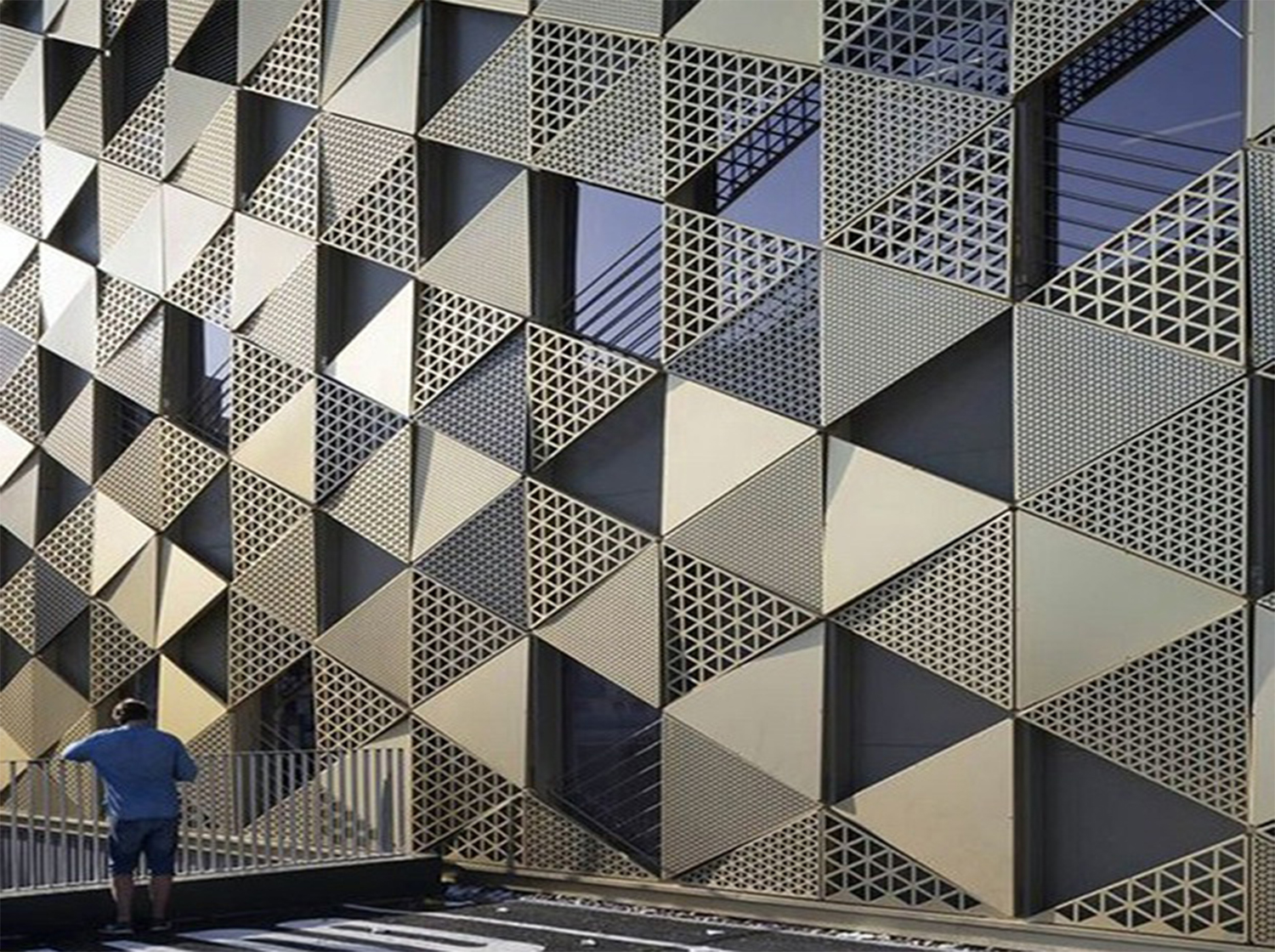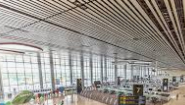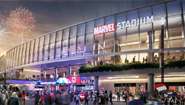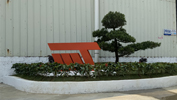Aluminum Cladding Design: A Modern Approach to Architectural Excellence
Author:Jayminton Time:2024-07-25

aluminum Cladding has revolutionized the way buildings are designed and constructed in contemporary architecture. Offering a blend of functionality, aesthetics, and sustainability, aluminum cladding has become a preferred choice for architects and designers worldwide. This article explores the various aspects of aluminum cladding design, its benefits, applications, and the innovative approaches shaping its future.
Benefits of Aluminum Cladding
Aluminum cladding offers several advantages that contribute to its popularity in modern architecture:
Durability: Aluminum is known for its durability and weather resistance, making it ideal for exterior applications. It can withstand harsh weather conditions without corroding or deteriorating over time.
Versatility: Available in a variety of colors, finishes, and textures, aluminum cladding allows for creative freedom in design. It can be customized to suit different architectural styles and aesthetic preferences.
Lightweight: Aluminum is lightweight yet strong, which simplifies installation and reduces structural load on buildings. This characteristic is particularly advantageous for high-rise constructions.
Low Maintenance: Unlike other building materials, aluminum cladding requires minimal maintenance. It does not require painting or sealing, and routine cleaning is usually sufficient to keep it looking new.
Energy Efficiency: Aluminum cladding systems can improve a building's energy efficiency by providing additional insulation and reducing thermal bridging, thereby contributing to sustainable building practices.
Applications of Aluminum Cladding
Aluminum cladding is used in a wide range of architectural applications:
Commercial Buildings: It is commonly used in office buildings, shopping malls, and hotels to enhance their exterior appearance and provide weather protection.
Residential Construction: Aluminum cladding adds a modern touch to residential buildings while offering durability and low maintenance benefits.
Educational Institutions: Schools and universities use aluminum cladding for its aesthetic appeal and ability to withstand wear and tear.
Industrial Facilities: Aluminum cladding is used in industrial settings for its corrosion resistance and ability to protect against chemical exposure.
Design Innovations
In recent years, architects and designers have pushed the boundaries of aluminum cladding design:
Textured Finishes: Innovations in manufacturing techniques have led to textured finishes that mimic natural materials such as wood or stone, providing a contemporary look with the durability of aluminum.
Customization: Advanced fabrication technologies allow for intricate designs and patterns to be etched or perforated into aluminum panels, creating visually striking Facades.
Integration with Technology: Aluminum cladding can now integrate with smart building technologies, such as solar panels or LED lighting systems, enhancing both the aesthetic and functional aspects of buildings.
Sustainability: Aluminum is a highly recyclable material, and manufacturers are increasingly using recycled aluminum in cladding systems, promoting sustainability in construction.
Conclusion
Aluminum cladding represents a modern approach to architectural design, combining functionality, aesthetics, and sustainability. Its versatility and durability make it a preferred choice for architects seeking to create visually appealing and environmentally responsible buildings. As technology advances and design possibilities expand, aluminum cladding continues to evolve, offering endless possibilities for the buildings of tomorrow. Whether used in commercial, residential, or industrial projects, aluminum cladding remains at the forefront of contemporary architectural excellence.

 S1 Clip-in Metal ceiling System
S1 Clip-in Metal ceiling System JMT-L4.2 U-Baffle System
JMT-L4.2 U-Baffle System JMT Aluminum Wall Cladding
JMT Aluminum Wall Cladding Aluminum Honeycomb Panel
Aluminum Honeycomb Panel Air-Condenser Cover
Air-Condenser Cover Metal Heat Cover
Metal Heat Cover Singapore Changi Airport T2 Arrival
Singapore Changi Airport T2 Arrival Australia Marvrl Stadium City Edge
Australia Marvrl Stadium City Edge Enterprise Information Announcement
Enterprise Information Announcement Construction Industry Solutions
Construction Industry Solutions About Jayminton
About Jayminton Contact US
Contact US